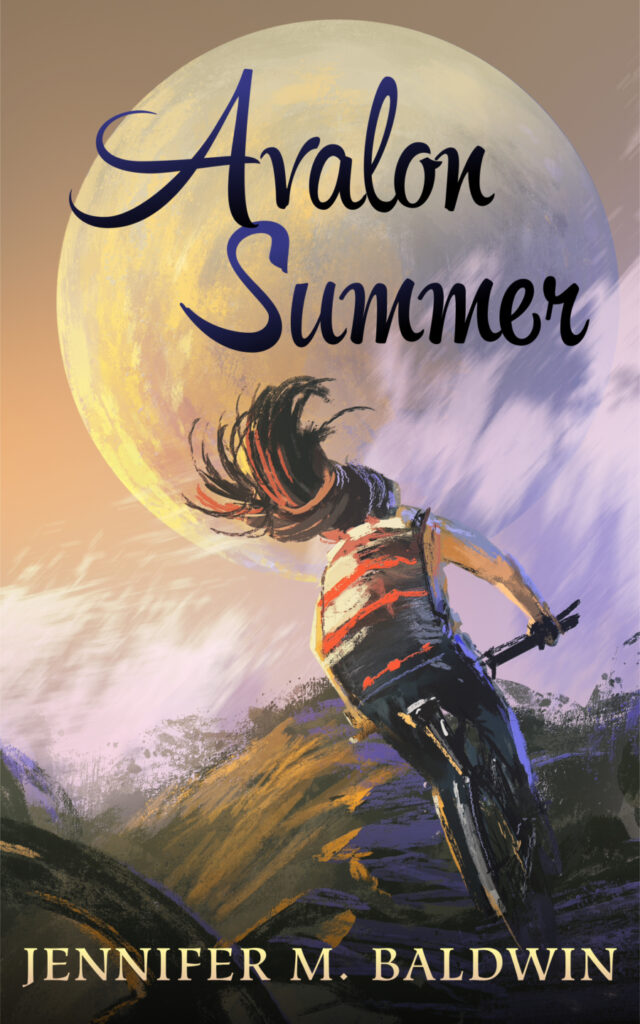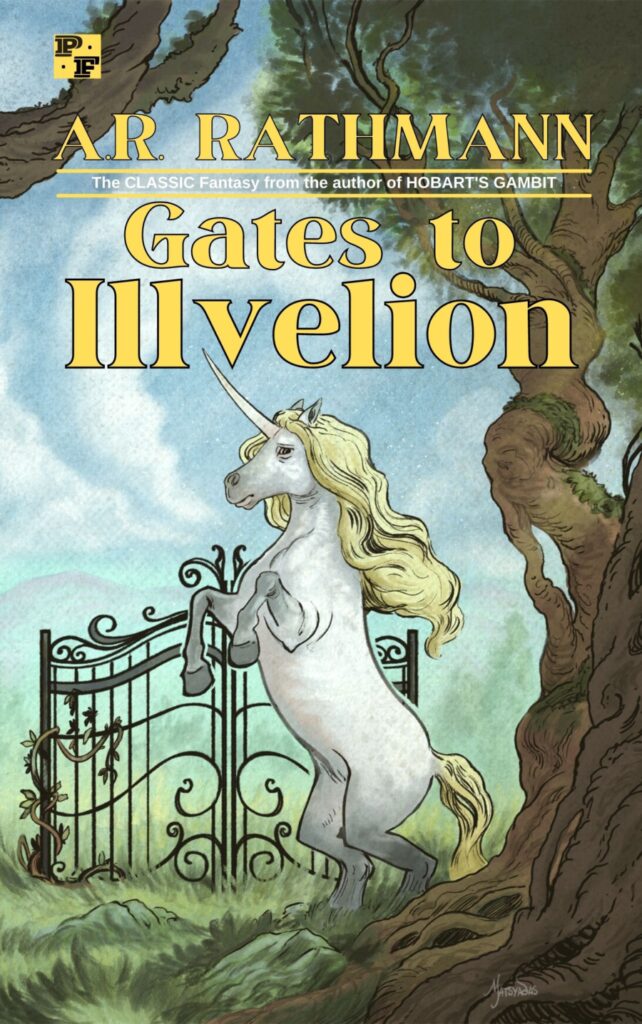I got my first dose of the Moderna Covid-19 vaccine today. So far: soreness in arm, moderately bad headache, and fatigue. Otherwise, feeling okay.
My current project is a short story called, tentatively, “Things.” (Yes, I know. The title is completely un-evocative. It basically means nothing. However, there is a story-related reason why it’s called “Things,” but I realize that as titles go, it doesn’t grab anyone’s attention. So it’s a working title that will probably change once I’m done.)
I wanted to read a few hard-boiled short stories and watch a couple of films noir to get in the mood, but honestly, it’s been hard to find the time for any of that. I can watch certain old movies when my kids are around — musicals are usually safe, as are silent and screwball comedies — but film noir is one of those genres that is not appropriate for the under-six set.
Anyway, I watched so many films noir in my twenties and early thirties that I could recite many of them line-by-line, so it’s not like I don’t know the style and mood of these kinds of stories. But just for fun, I wanted to dive back in and reacquaint myself with these old friends. Maybe there’s still time. . . I’m only half-way finished with the story. “Things” is one of those stories where I pretty much know the ending already, but I’m not sure yet how I’m going to get there or what it’s going to look like when I do. It’s a bit like knowing there’s going to be a car wreck, but not knowing how the bodies are going to end up. (Sorry, that was a morbid analogy!)
Today was also a great day because I made it through a week of using my new “habit schedule,” and so far, it’s been successful. Each day this week I’ve managed to carve out time to pray in the morning and before bed, read something spiritual (current books are the Pope’s new one and The Imitation of Christ), write in my writer’s notebook, read a book at lunchtime, enter grades/provide feedback to students, work on freelance editing stuff, exercise, stretch, and write something creative (either fiction or this blog). My not-every-day-but-a-few-times-a-week habits — doing some light cleaning, paying bills, and filing papers — were also a success.
I will say the methods outlined in James Clear’s Atomic Habits have been very helpful in this regard, particularly his advice to “make it easy” and “make it satisfying.” I use a habit tracker app on my phone (that’s the “make it satisfying” part), and I’ve rearranged a few things to make the habits easier.
For instance, before I go to bed at night, I make sure my writer’s notebook is sitting on the dining room table so that in the morning it’s ready for me to write in as I eat my breakfast. Another example of making it “easy” is that I put Swiffer dusters in various rooms around the house so I can just pick one up and start dusting if I have a spare moment. And finally, I set a daily alarm on my phone to ring when it’s time to enter grades and do freelance work. I’ve also tried to “habit stack,” where I tie a new habit to an existing one (like the habit of writing in my notebook while I’m eating my breakfast, or reading a book while I eat my lunch).
The one habit I might need to modify is the exercise one, because I used to exercise before I took my shower, but that made mornings too hectic, so I switched exercise to the afternoon, when I get home from work. However, that get-home-from-work time is quite busy too — the kids are excited to see me, I’ve got to change out of my work clothes and clean my lunch containers, start to prepare dinner, etc. — so my exercise time has been shorter than usual everyday this week (I’ve been breaking the “make it easy” rule). Maybe I need to move the exercise back to the morning and do it before my shower. . . (I hesitate to do this, though, because that means getting up earlier, and I’m already struggling to get up at 7:00 a.m.; 6:45 a.m. might be a bridge too far.)
Despite these few hiccups, I’m utterly pleased with how much I was able to get done this week, and with how much less stress I’ve had. I’m not particularly strict about my habit schedule as far as doing things at a very specific time, but I’ve found that having an outline for the day has given my life a pleasant rhythm. I know that I want to accomplish these various “little things,” and by doing them each day in small chunks, and at generally the same time each day, I’ve been able to accomplish quite a bit, even in just a week’s time.


